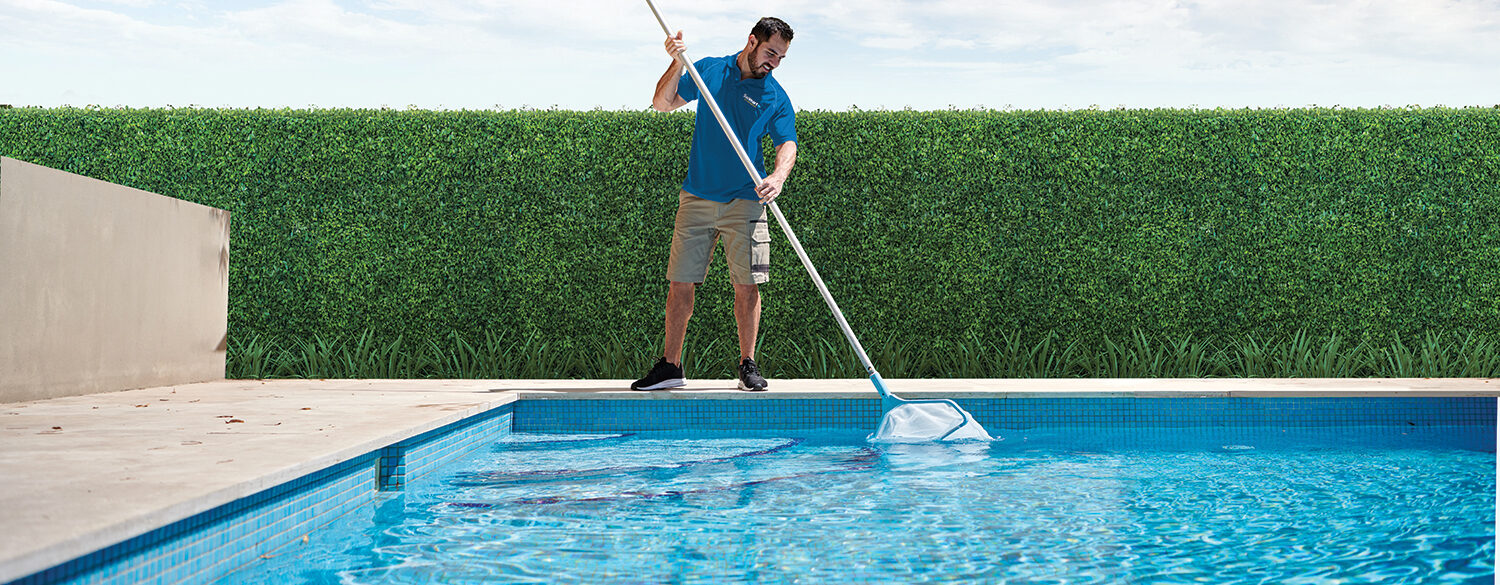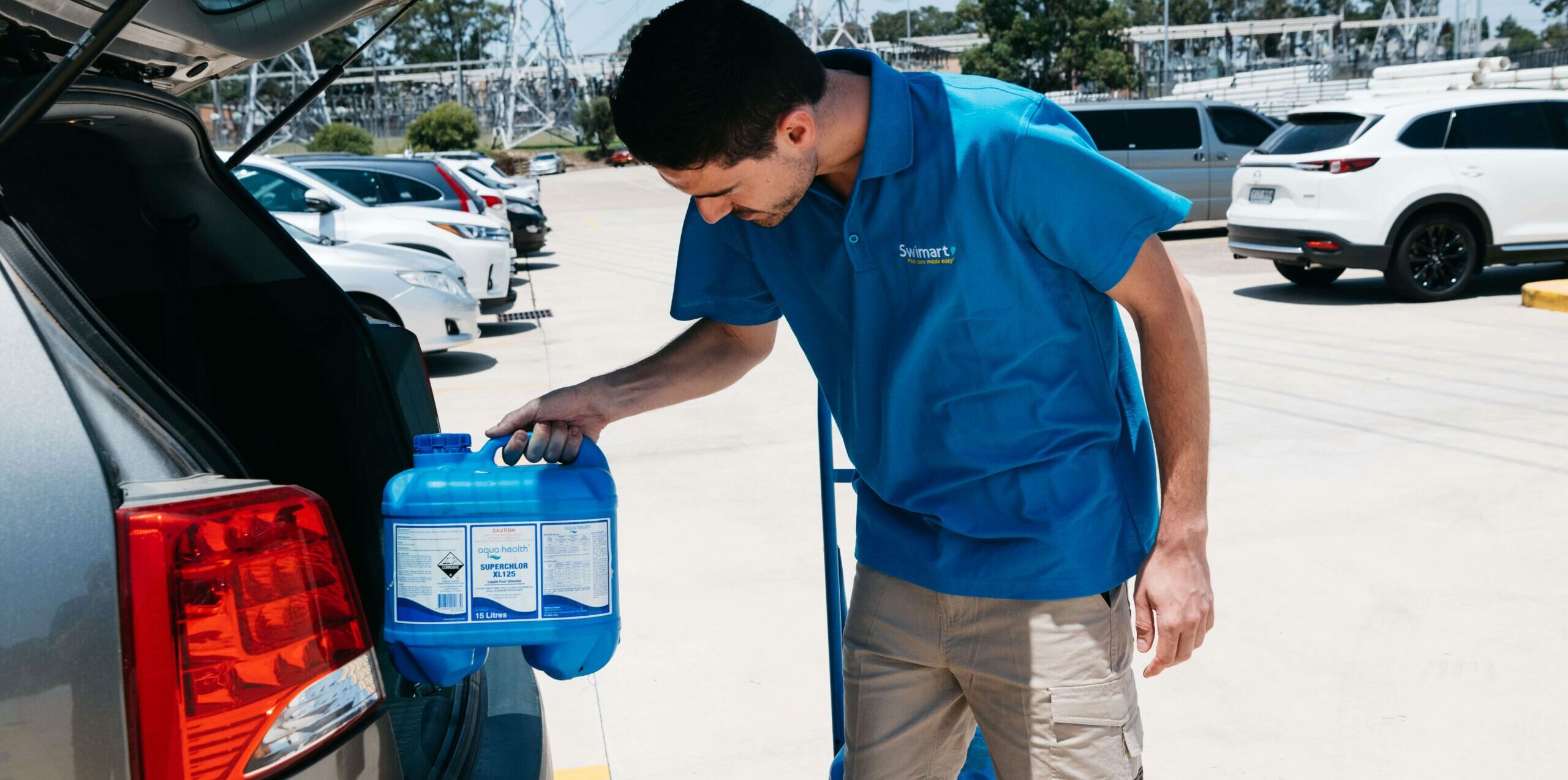DIY Tips
WINTER CHLORINATION
1 May 2013
When the cooler weather rolls in, it often spells good news for pool owners who have been fighting the effects hot weather has on the average backyard pool, such as breakout of algae. Although you do not need to dose your pool as often as you would during summer, now is not the time to put your feet up and let the pool go without proper chlorination.
Clean and clear throughout the cooler months
But what is the most effective way of ensuring your pool is correctly chlorinated?
Here’s our step by step guide to keeping your pool properly sanitised through till summer.
1. Figure out the correct dose
Every pool requires a different amount of chlorine to remain healthy, clean and sparkling. To help pool owners work out the correct dose for their pool, there is this basic formula:
- Granules: 850gm per 3785 litres
- Tablets: 1 tablet per 3785 litres
- Liquid: 400mL per 3785 litres
Generally speaking, tablets are used weekly, whereas liquid and granules are added to the pool every other day. However, the particular chemical you are using on your pool may require a different dose outside of this formula, so always check the product labels.
IMPORTANT: Never mix chemicals, even different types of chlorine.
2. Correct ph and address water balance issues
The most simple way to ensure your pool water is correctly balanced is to bring a water sample into your nearest Swimart store, where our friendly staff can provide an analysis of the sample to identify any issues. They then can advise you on products or services that can help fix the problem.
A convenient and easy way to maintain the delicate balance of your pool water is with an automatic chemical feeder; these are particularly useful during the winter months, when you don’t want to spend your time outside in the cold measuring chemical doses for your pool.
3. Clean up filters and general debris
While chlorine will kill all the nasty bacteria in your pool, it won’t get rid of any debris that is floating in the water or is stuck in the filtration system. In winter especially, leaves and branches can find their way into the pool after a windy and/or rainy day.
Remove the filter from your skimmer box and give it a good clean out; there will usually be loads of leaves and dirt stuck in there. It is also a good idea to backwash your filter medium, be it sand or cartridge. However, depending on the filter medium, you should only need to backwash every two or so weeks.
4. Super chlorinate
Every now and again, that regular dose of chlorine just won’t cut it. This is where super chlorination or pool ‘shocking’ comes in to rid your pool water of combined chlorine that can cause skin irritation and bad odours. To effectively administer shock treatment to your pool, there are three basic steps:
- Determine how much combined chlorine is in the water
Use a DPD kit or test strip to test your pool water.
- Calculate the amount of shock treatment needed
Once you know the amount of combined chlorine in the water, you need to add roughly ten times that amount of chlorine to eliminate it.
- Add the treatment
Administer the correct dose of shock treatment and wait for a few hours before swimming.
Salt chlorination
Installing a salt chlorinator is a great alternative to administering doses of traditional chlorine by hand, plus also exposes you and your family to less chemicals. However, even with a salt chlorinator you will need to keep shocking your pool regularly, and may need to add liquid chlorine at times when there is a higher than usual number of people using the pool.


 AUS
AUS NZ
NZ 


